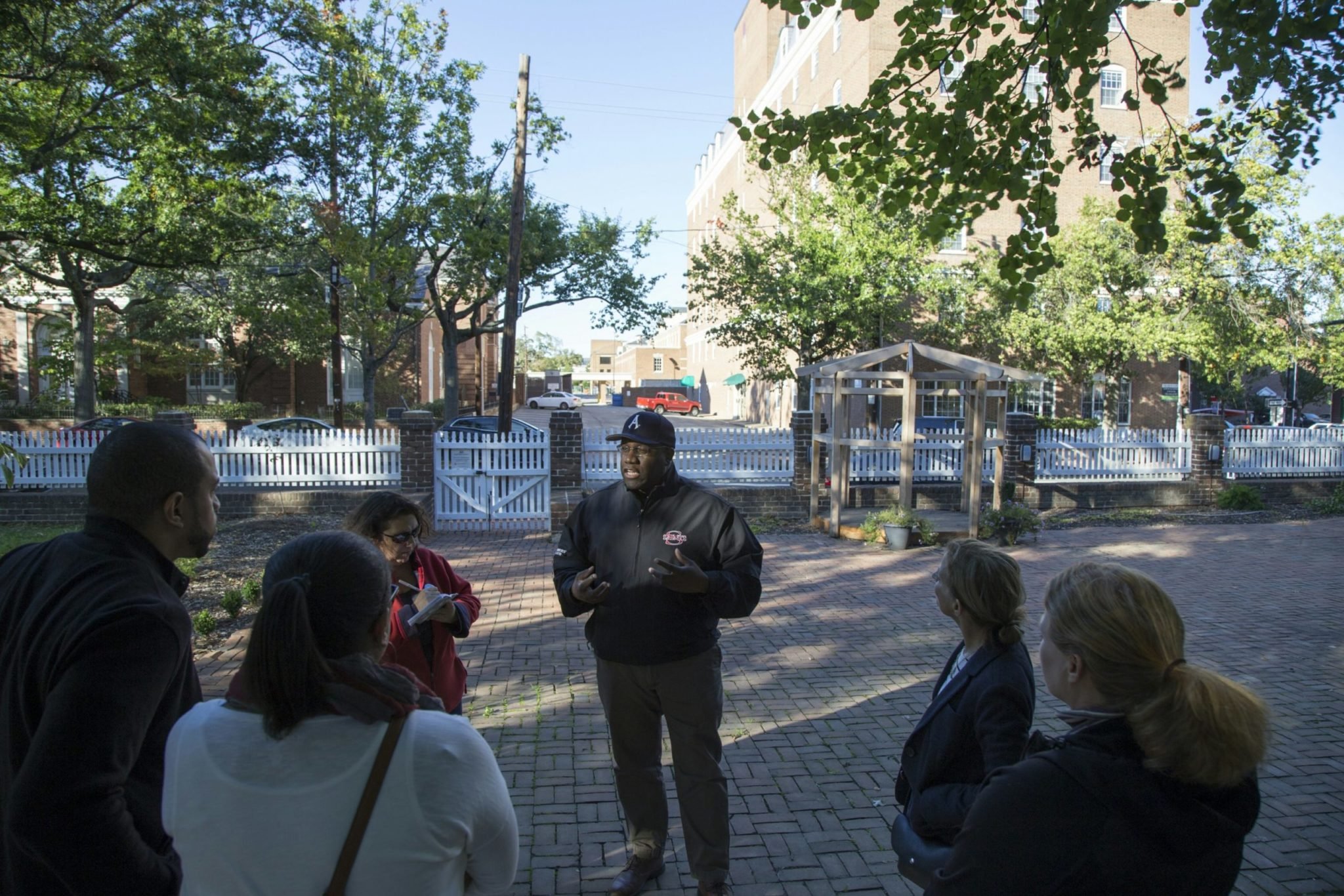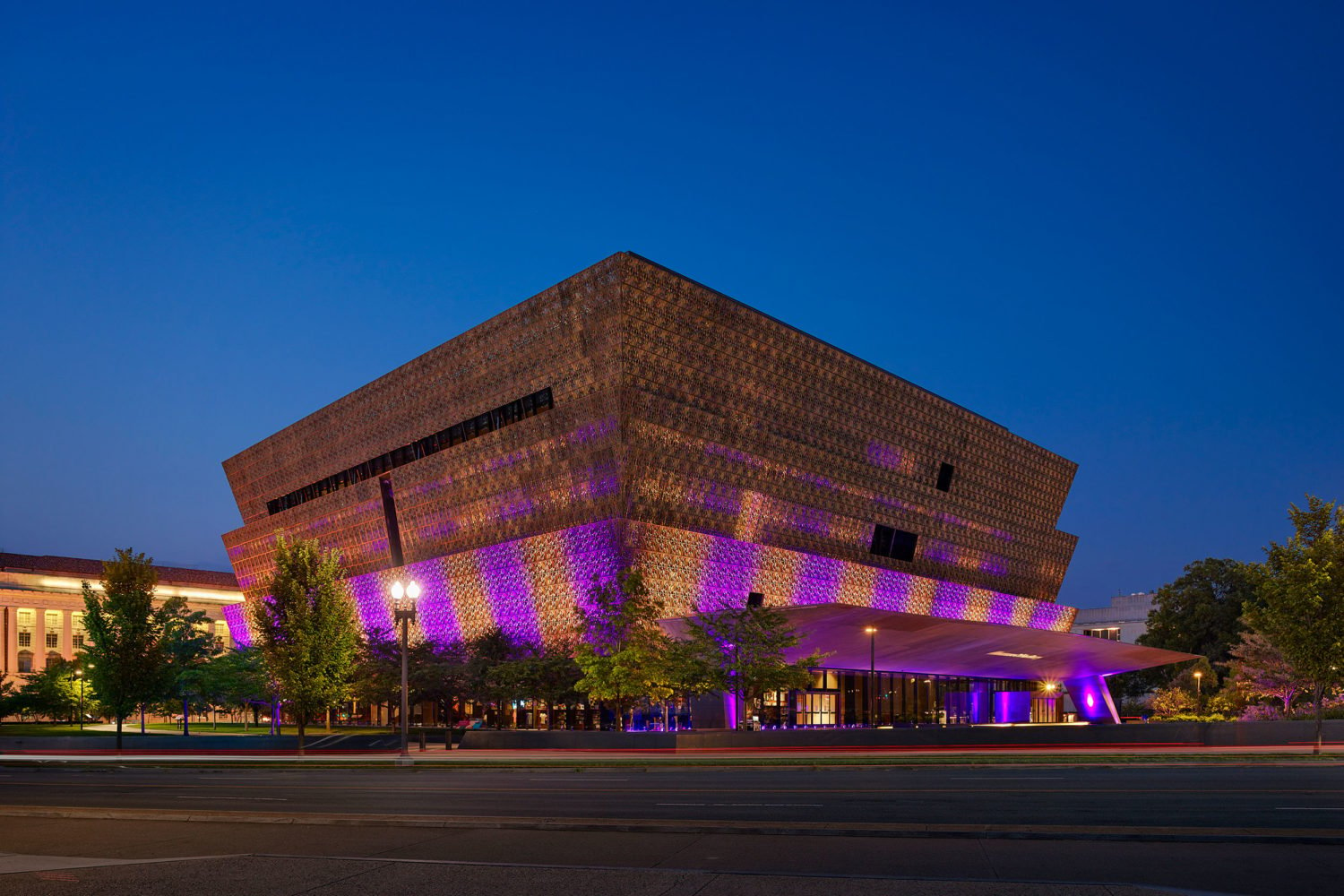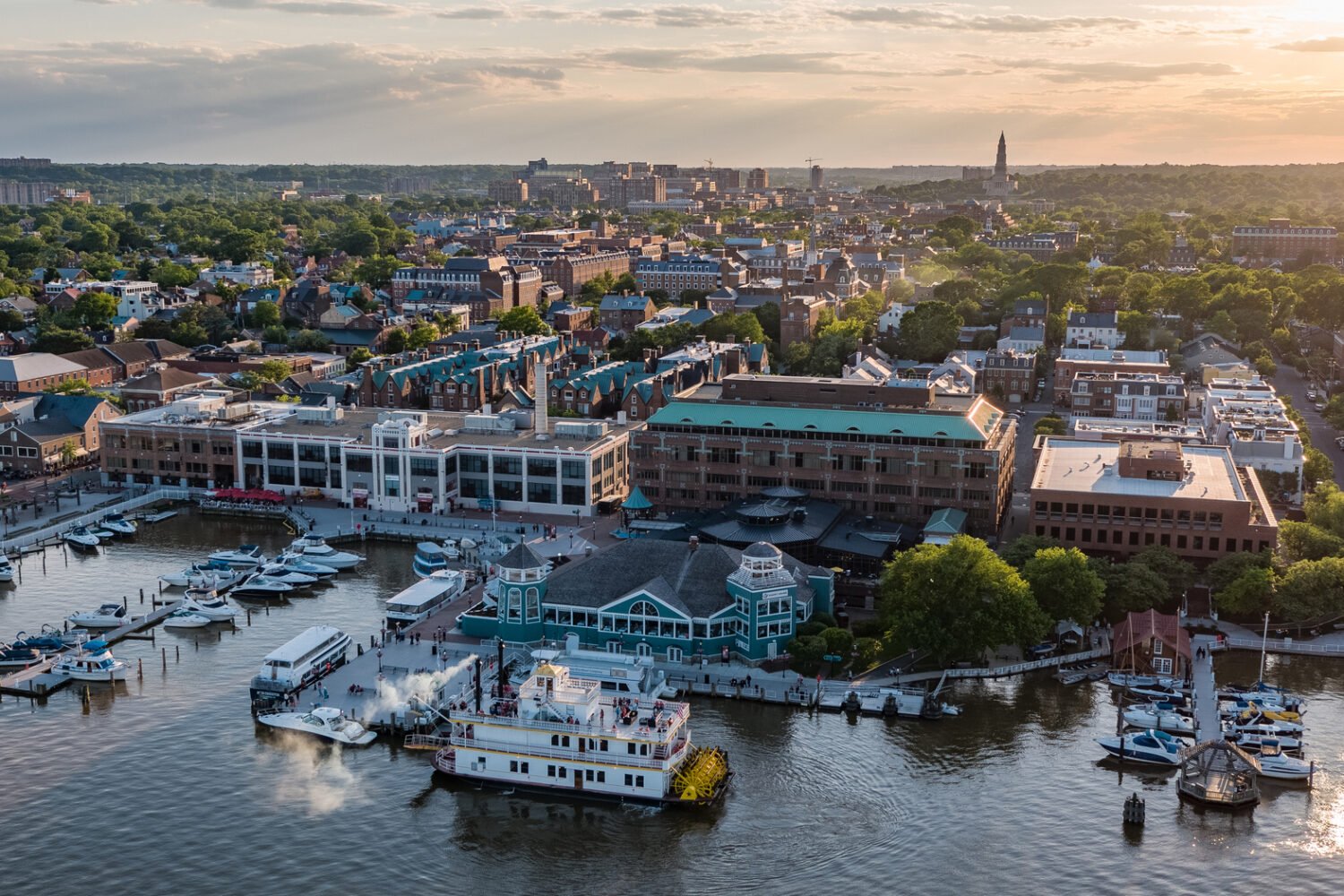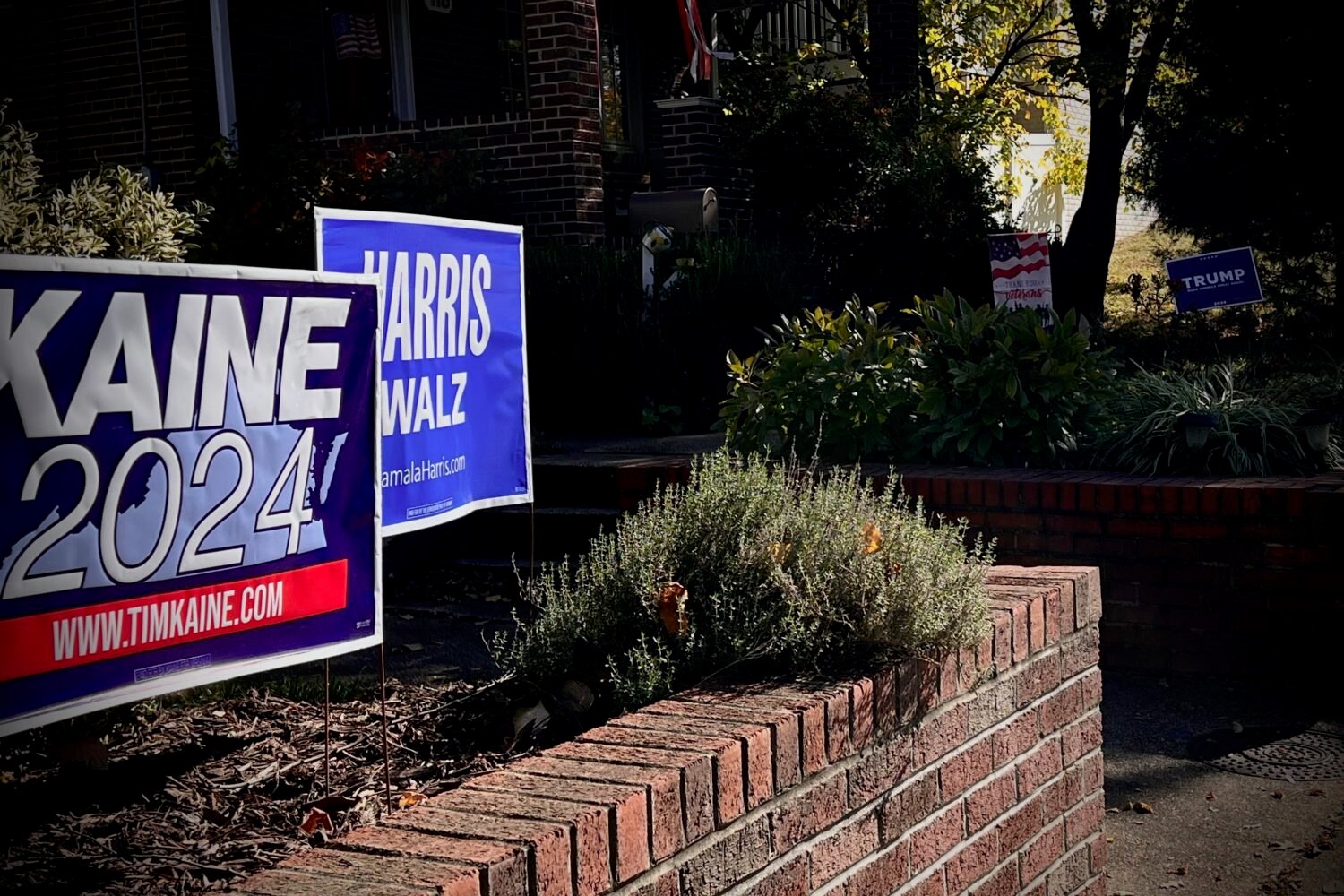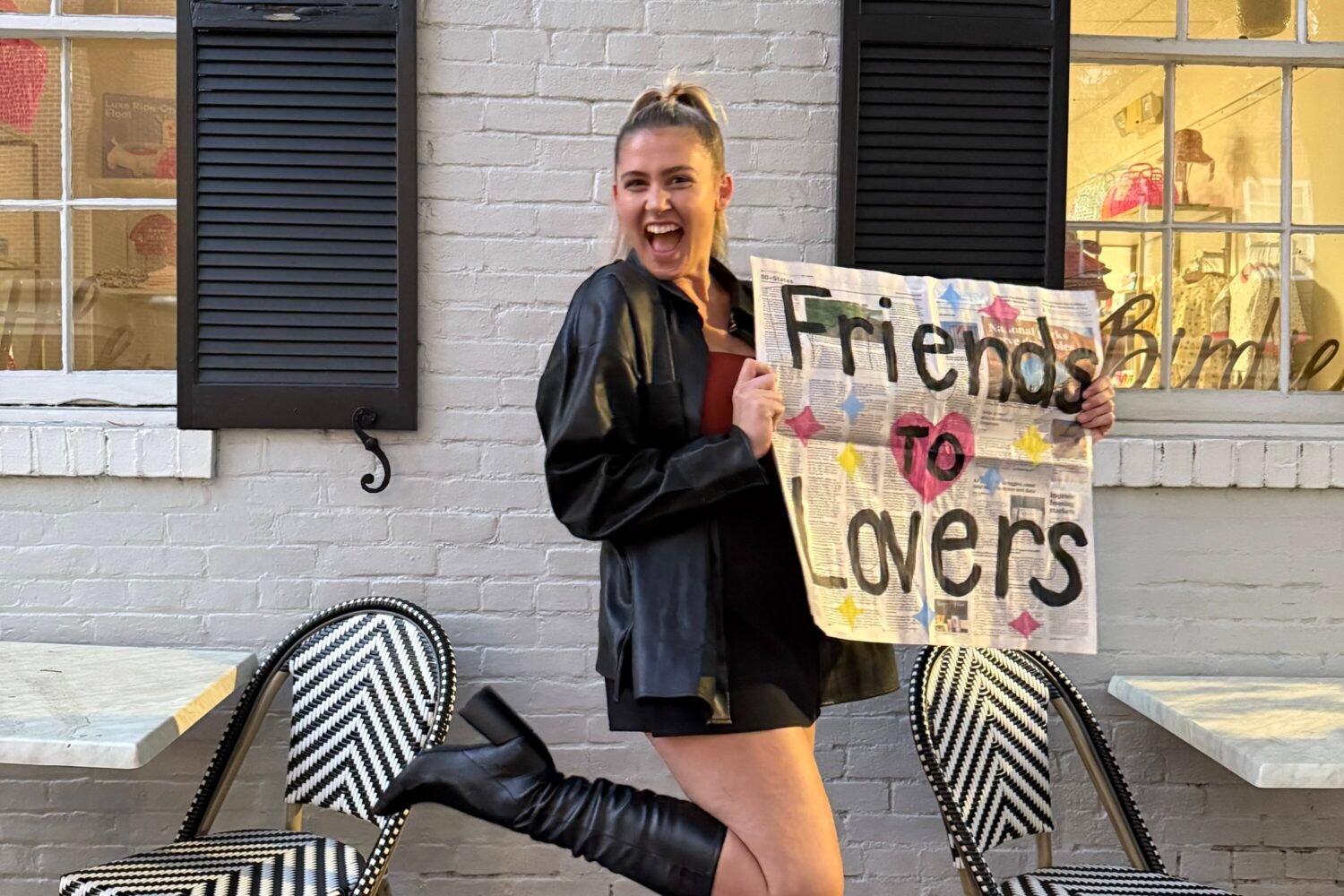Although Black History Month is coming to a close, we can still celebrate and learn about black history for the rest of the year.
Just ask John Taylor Chapman, an Alexandria city councilmember who has also operated the Manumission Tour Company for two years, seeking to tell the rich local history of enslaved and freed blacks in the 18th and 19th centuries. For $10 to $15, Chapman takes guests on a 90-minute journey through Old Town, exploring a colonial history some have forgotten.
In the time since the National Museum of African-American History and Culture opened in 2016, Chapman says smaller museums like the Alexandria Black History Museum and tour companies like his have seen higher traffic. In an effort to keep the spirit of Black History Month alive, Chapman recommends seven must-see landmarks and historic spots in Alexandria, which can be visited along his tour.
Lloyd House
Quaker educator Benjamin Hallowell lived here for a time in the 19th century, before moving to Maryland. Hallowell is widely known for his views on education and society, but not as well-known for his abolitionist views. However, he helped form the Benevolent Society of Alexandria in 1827, which focused on disrupting and ending slavery. 220 N. Washington Street.
Oscar and Joseph Ball Runaway Site
Chapman lists this as a site that many pass and don’t even recognize, but this is a site where two slaves, Oscar and Joe Ball, ran away on separate occasions. Their stories are chronicled in William Still’s book The Underground Railroad. 505 Cameron Street (private residence).
Gadsby’s Tavern
John Gadsby’s popular tavern, where George Washington was twice a guest, operated with enslaved labor. “We make folks very aware of that,” Chapman says. His tour focuses on the social significance of the tavern, as well as Gadsby’s run-ins with runaway slaves. 134 North Royal Street .
Market Square
Today, the square is the site of Alexandria’s City Hall, a vibrant farmers market, and annual holiday traditions. In colonial times, it was better known for its lucrative slave market. Slaves were bought, sold and transported from here, and families were torn apart. 301 King Street.
Stabler-Leadbeater Apothecary Museum
Much like Benjamin Hallowell, who came to town roughly 20 to 30 years after him, Edward Stabler was known primarily for his apothecary practice, but not as widely known for his abolitionist work. Martha Washington, Nelly Custis, and Robert E. Lee were all customers at the shop, but Chapman’s tour focuses on Stabler’s freeing of slaves throughout his life. 105-107 South Fairfax Street.
Waterfront
Waterfront cities like Alexandria were a haven for runaway slaves. Because of the fishing and shipping industries along the Potomac, slaves would sneak to the waterfront in an attempt to board ships and escape to freedom. With the right password, slaves could get taken north, Chapman says. 1 Prince Street.
Freedom House Museum
While the museum has experienced financial struggles in recent years, it remains an important part of Alexandria history. After all, it was once home to the Franklin and Armfield Slave Office, one of the largest slave-trading operations in the pre-Civil War United States. By the 1830s, Franklin and Armfield sold 1,000 people annually in Northern Virginia, Louisiana, and Mississippi. Today, the museum is owned by the Northern Virginia Urban League. 1315 Duke Street.

